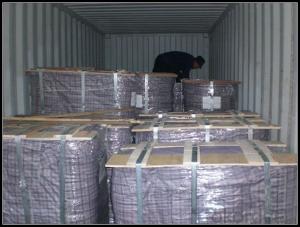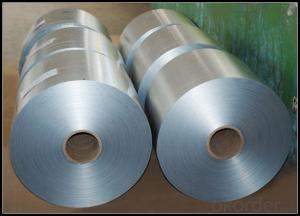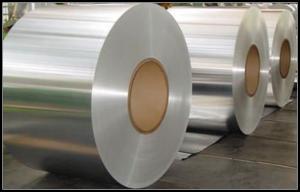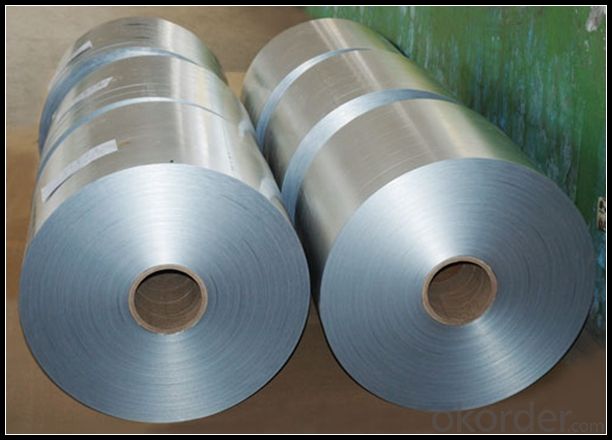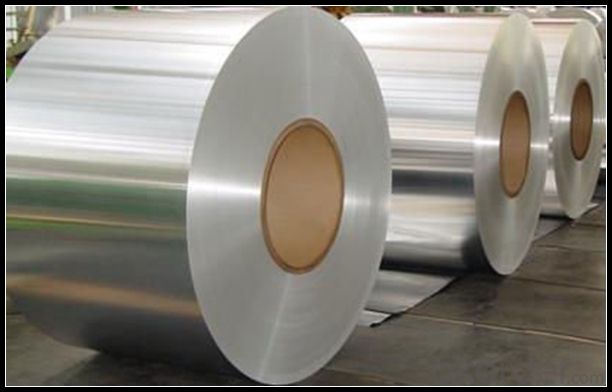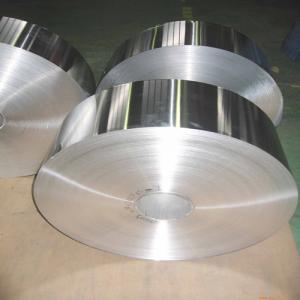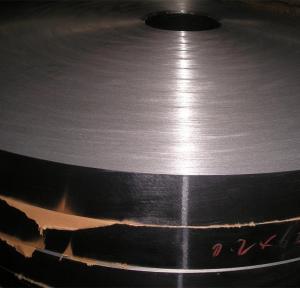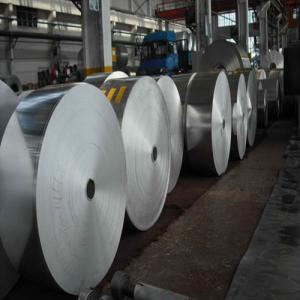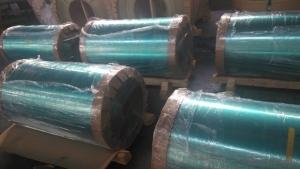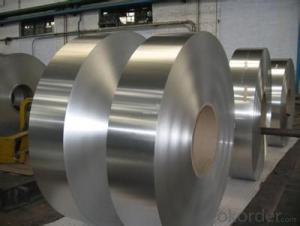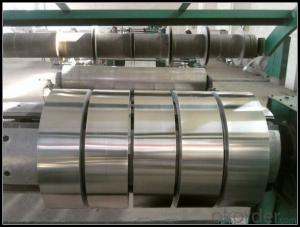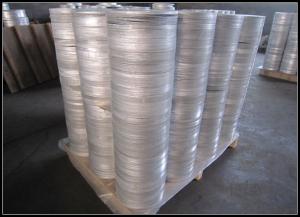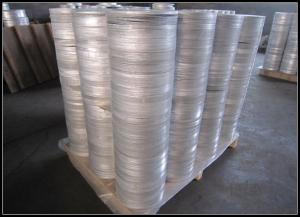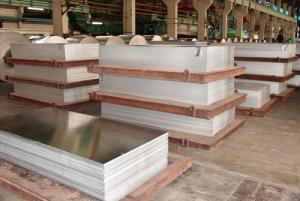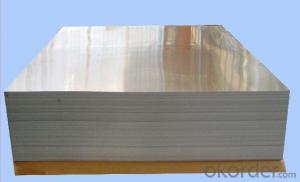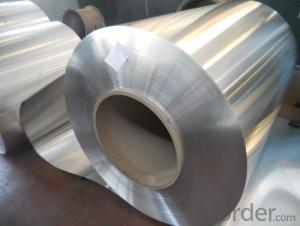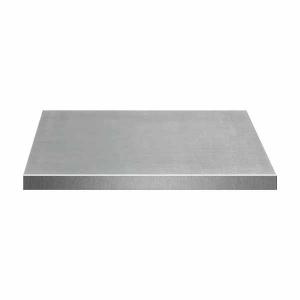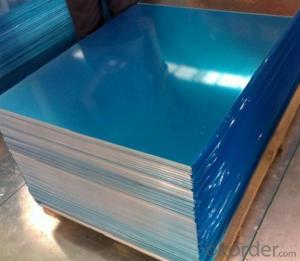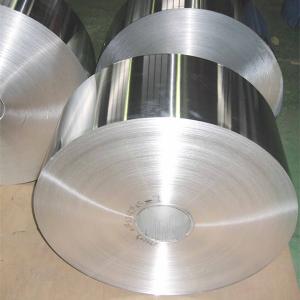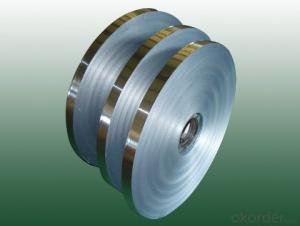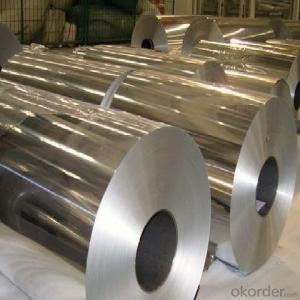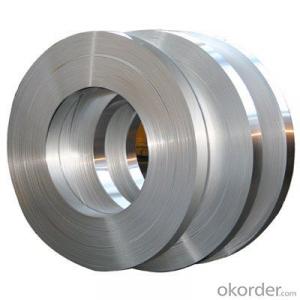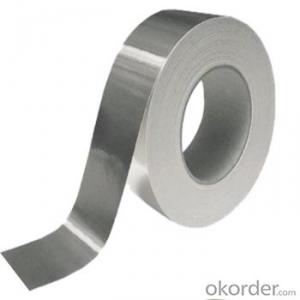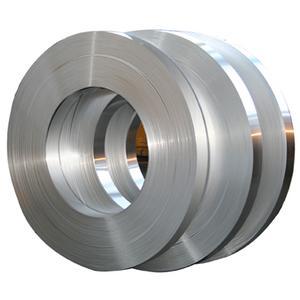Brushed Aluminum Trim Strips - Aluminium Alloy 6061 T6 Sheets/Plates Made in China
- Loading Port:
- Tianjin
- Payment Terms:
- TT OR LC
- Min Order Qty:
- 1 m.t.
- Supply Capability:
- 4999 m.t./month
OKorder Service Pledge
OKorder Financial Service
You Might Also Like
Specification
1. Specification of Aluminum
1) Alloy | 1050, 1060,1100, 3003 3004 3105 3005 5005 5052 etc |
2) Temper | O/H12/H14/H1/H18/H32/H34/H36/H38//H111/H112/H116/H321/T6/T651/T3/T351 etc |
3) Thickness | 0.1mm to 6mm |
4) Width | 20mm to 3300mm |
5) Coil weight | 100kgs to 6 tons depends on actual requirement |
6) Core material | Aluminum alloy |
7) Coil Inner diameter | 76mm, 152mm,or as required |
2. Application of Aluminum
(1).Interior: wall cladding, ceilings, bathrooms, kitchens and balconies, shutters, doors...
(2).Exterior: wall cladding, facades, roofing, canopies, tunnels,column covers , renovations...
(3).Advertisement: display platforms, signboards, fascia, shop fronts...
3. Feature of Aluminum
Aluminium has controversially been implicated as a factor in Alzheimer's disease.[98] According to the Alzheimer's Society, the medical and scientific opinion is that studies have not convincingly demonstrated a causal relationship between aluminium and Alzheimer's disease.[99] Nevertheless, some studies, such as those on the PAQUID cohort,[100] cite aluminium exposure as a risk factor for Alzheimer's disease.
4. Certificate:
SGS and ROHS(if client request, paid by client), MTC(plant provided), Certificate of Origin(FORM A, FORM E, CO), Bureau Veritas and SGS (if client request, paid by client), CIQS certificate
5. Image of Aluminum
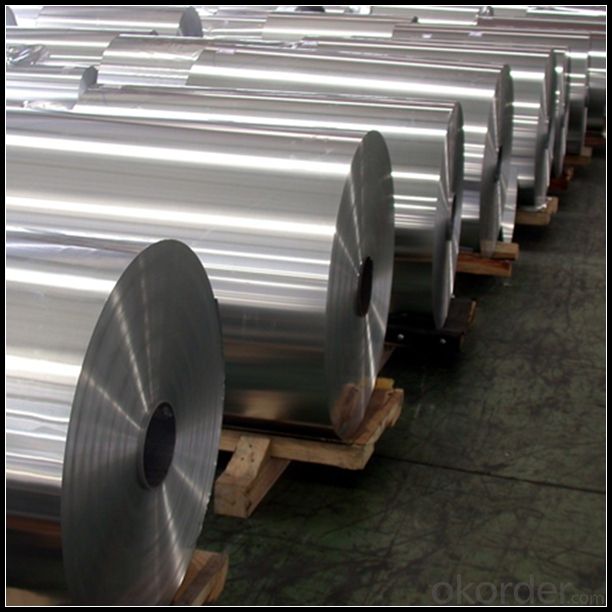
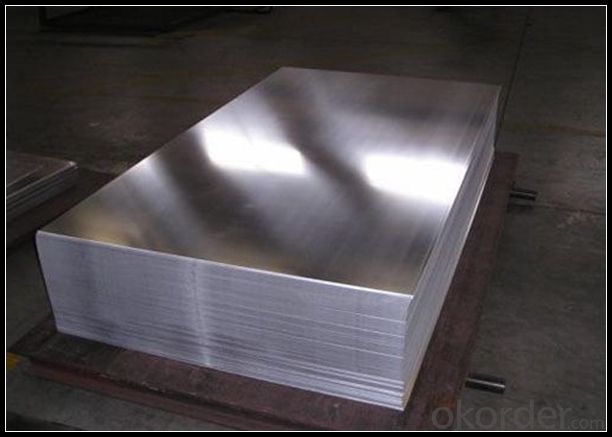
6. Our Service
1. Reply your enquiry in 24 working hours. |
2. OEM, buyer design, buyer label services provided. |
3. Exclusive and unique solution can be provide to our customer by our well traned and professional engineers and staffs. |
4. We can provide free sample for your check |
5. We have the certification of ISO 9001 |
6. Timely delivery |
7. Special discount and protection of sales area provided to our distributor. |
8. Good after-sale service. |
7. FAQ
Q: What is the produce prase? | ||||
A: Normally it would be 40days after received your deposit. | ||||
Q: Can you provide free samples? | ||||
A: Yes, free samples will be sent to you on freight at destination. | ||||
Q: Can I get your latest catalogue? | ||||
A: Yes, it will be sent to you in no time. | ||||
Q: What is the MOQ? | ||||
A: 3 tons | ||||
Q: What are your payment terms? | ||||
A: We accept L/C, D/A, D/P, T/T, West Union,etc. |
- Q: This question asks for a step-by-step guide on how to measure and cut an aluminum strip to fit a specific project.
- <p>To measure and cut an aluminum strip for your project, first determine the required length and width. Use a measuring tape or ruler for precise dimensions. Mark the measurements on the strip with a marker. For cutting, use a hacksaw or a metal cutting saw for straight cuts. Ensure the strip is secured in a vise or clamped to prevent movement. Cut along the marked lines, and use metal files or sandpaper to smooth any rough edges. For curved cuts, use a jigsaw with a metal cutting blade. Always wear safety goggles and gloves to protect yourself from metal shards and sharp edges.</p>
- Q: Which is better, an aluminum belt excavator or a tire excavator?
- Crawler excavator horsepower (generally 220 horsepower or more), more than the mountain or the ground soil construction complex engineering, mining, large accident rescue; tire excavator is generally used in municipal engineering construction, small horsepower.
- Q: Is it possible to utilize aluminum strips in the construction of bicycle frames?
- <p>Yes, aluminum strips can be used for bicycle frames. Aluminum is a popular material for bicycle frames due to its lightweight, high strength, and good corrosion resistance. It offers a good balance between weight and durability, making it suitable for various types of bicycles, including road, mountain, and hybrid bikes. Aluminum frames are also known for their ability to absorb road vibrations, providing a smoother ride.</p>
- Q: What types of aluminum strip are best suited for outdoor or exterior applications?
- <p>Yes, certain types of aluminum strip are particularly suitable for exterior applications. These include aluminum strips with high corrosion resistance, such as those with a 3003 or 5052 alloy composition. They are often coated with a protective layer, such as anodizing or a paint finish, to enhance their durability against weather conditions. Additionally, aluminum strips with a thicker gauge are more resistant to denting and wear, making them ideal for exterior use. It's also important to consider the specific environmental conditions of the application, such as exposure to saltwater or extreme temperatures, to select the most appropriate aluminum strip for the job.</p>
- Q: What is the standard thickness for aluminum strip roofing materials?
- <p>The recommended thickness for aluminum strip roofing varies depending on the specific application and local building codes. Generally, aluminum strip roofing is available in thicknesses ranging from 0.018 to 0.032 inches (0.46 to 0.81 mm). For residential applications, a thickness of 0.024 to 0.028 inches (0.61 to 0.71 mm) is commonly used, while commercial buildings might require a thicker strip, around 0.032 inches (0.81 mm) for added durability and longevity. Always consult with a roofing professional or follow local building codes to determine the appropriate thickness for your specific project.</p>
- Q: This question asks for a comparison between aluminum strips and other roofing materials in terms of their characteristics and performance.
- <p>Aluminum strips are lightweight and highly durable, offering excellent resistance to corrosion and weathering. They are low-maintenance and have a long lifespan, often outlasting other materials like asphalt shingles. Compared to metal roofing, aluminum strips may be more prone to denting, but they are quieter and less likely to expand or contract with temperature changes. When compared to tile or slate, aluminum is much lighter, reducing the load on the structure and installation costs. However, it may not offer the same aesthetic appeal or insulation properties. Overall, aluminum strips are a cost-effective and eco-friendly choice for roofing, especially in areas with harsh weather conditions.</p>
- Q: This question asks for an explanation of the corrosion protection mechanism provided by aluminum strips.
- <p>Aluminum strips protect against corrosion through a process known as sacrificial anode cathodic protection. When aluminum is exposed to an electrolyte (like soil or water), it naturally forms a thin, protective oxide layer on its surface. This layer prevents further oxidation. In a galvanic cell, aluminum acts as the anode and corrodes preferentially, sacrificially protecting the cathode, which is usually a more noble metal like steel. The aluminum strip corrodes instead of the steel, thus preventing the steel from corroding. This method is effective because aluminum is more reactive than steel, and it corrodes at a slower rate once the initial protective layer is formed, making it a sustainable protection method.</p>
- Q: Explain the environmental effects of utilizing recycled aluminum.
- <p>The use of recycled aluminum has a significant positive impact on the environment. It reduces the need for mining bauxite, which is the primary source of aluminum, thereby decreasing deforestation and habitat destruction. Recycling aluminum also conserves energy, as it requires only 5% of the energy needed to produce aluminum from raw materials. This energy conservation leads to reduced greenhouse gas emissions, contributing to the fight against climate change. Additionally, recycling aluminum reduces the amount of waste sent to landfills, lessening the environmental burden of waste disposal. Overall, the use of recycled aluminum promotes sustainability and helps protect natural resources.</p>
- Q: Is it possible to use aluminum strips as a material for exterior wall cladding?
- <p>Yes, aluminum strips can be used for exterior cladding. They are known for their durability, resistance to corrosion, and low maintenance requirements. Aluminum cladding is lightweight, which makes it easier to install compared to heavier materials. It also offers excellent weather resistance and can be painted or finished in various ways to enhance the appearance of a building. Additionally, aluminum is a sustainable choice as it can be recycled, contributing to environmental sustainability.</p>
- Q: The question asks if it's possible to use aluminum strips as flooring material in kitchen or bathroom areas.
- <p>Aluminum strips can be used for flooring in kitchens and bathrooms, but they are not the most common choice. They are known for their durability, resistance to moisture, and ease of cleaning, which are desirable traits for these areas. However, they can be slippery when wet, making them a less safe option for bathrooms. They also lack the warmth and comfort of other flooring materials, like tiles or wood. For kitchens, aluminum strips can be a good option for their low maintenance and resistance to spills, but they may not provide the aesthetic appeal that many homeowners desire. It's important to consider the specific needs and preferences of your space when choosing flooring materials.</p>
Send your message to us
Brushed Aluminum Trim Strips - Aluminium Alloy 6061 T6 Sheets/Plates Made in China
- Loading Port:
- Tianjin
- Payment Terms:
- TT OR LC
- Min Order Qty:
- 1 m.t.
- Supply Capability:
- 4999 m.t./month
OKorder Service Pledge
OKorder Financial Service
Similar products
Hot products
Hot Searches
Related keywords
